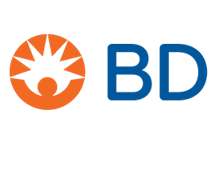The smart factory Part 1: Digitization, digitalization and digital
SYSPRO Smarter ERP
OCTOBER 20, 2021
The digital transformation of the operations and processes of factories and supply chains is based upon digitization of carefully selected machines and digitalization of the related business processes. So here goes – read on for a greater understanding of these concepts and the role they play in your journey to a smart factory.





















































Let's personalize your content